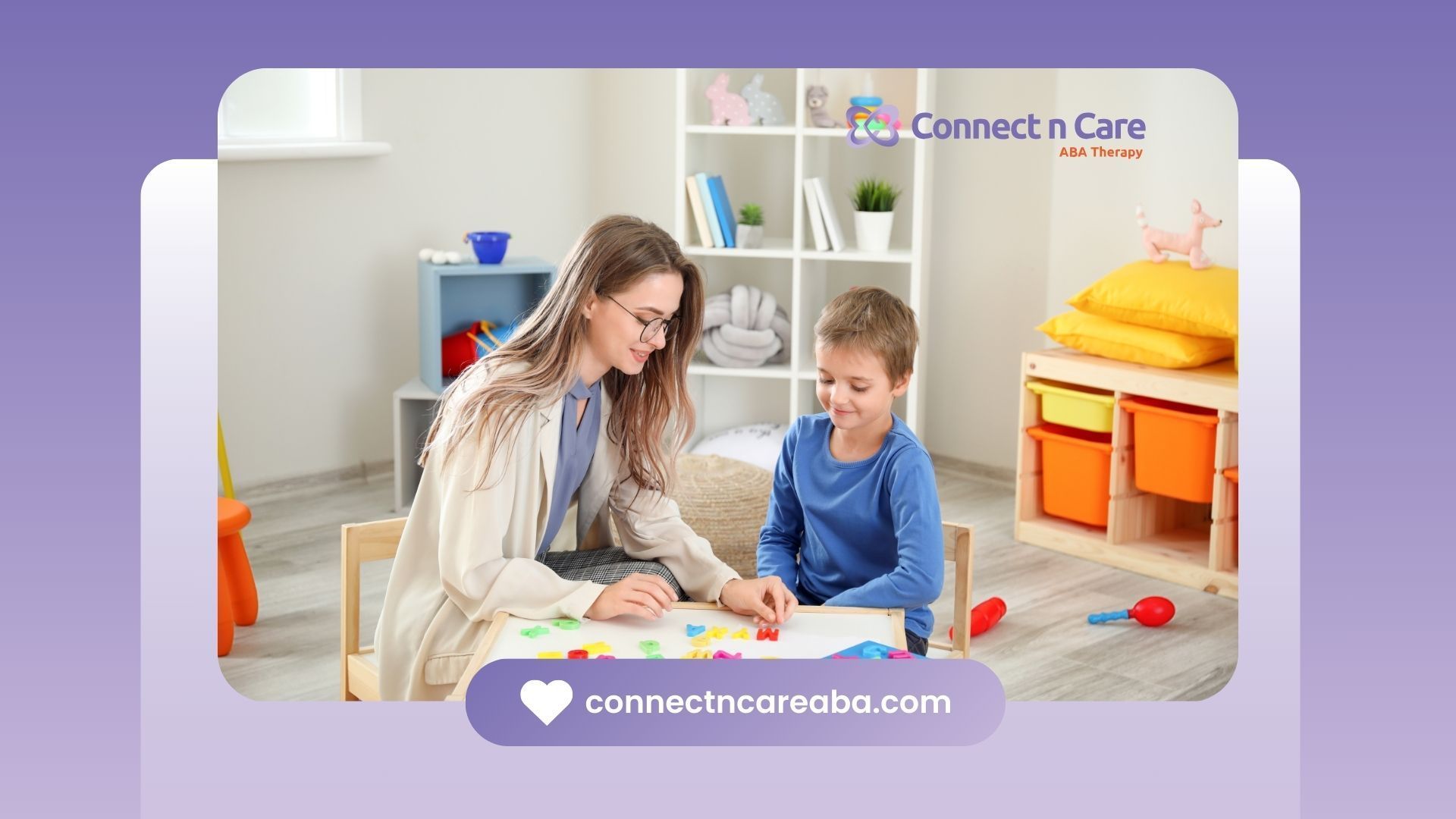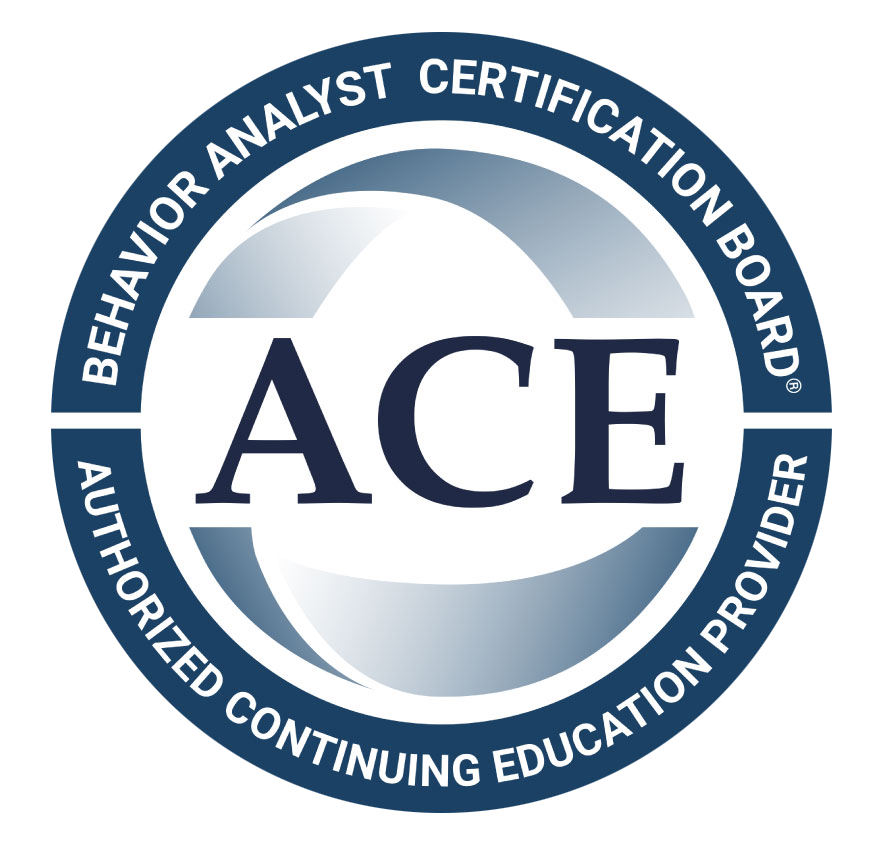ABA Therapy vs VB Therapy
Parents and caregivers navigating autism therapy often hear terms like ABA therapy and VB therapy. At first glance, they may sound similar—both aim to help children with autism build communication and social skills—but they are not identical. Understanding how ABA and VB differ can help you make informed decisions about your child’s treatment plan.
In this article, we’ll explore:
- What ABA and VB therapy are
- How they work
- Key similarities and differences
- Which therapy may be right for your child
- How to combine both for optimal results
What Is ABA Therapy?
Applied Behavior Analysis (ABA) is a scientific approach to understanding and improving behavior. It’s considered the gold standard for autism treatment and is supported by decades of research.
Core Principles of ABA:
- Behavior is learned and can be modified with reinforcement.
- Positive reinforcement increases the likelihood of desired behavior.
- Data-driven interventions ensure progress is measurable.
- Individualized treatment plans address the unique needs of each child.
ABA therapy can be used to:
- Teach life skills (e.g., brushing teeth, using the bathroom)
- Improve communication and social interactions
- Reduce challenging behaviors like aggression or self-injury
- Encourage academic readiness and attention span
How ABA Works
ABA begins with an assessment to understand the child’s skills and needs. From there, therapists create goals and break them down into small, teachable steps. Reinforcement (like praise or a favorite toy) is used to encourage success. Therapists often use Discrete Trial Training (DTT)—a structured, repetitive teaching method—to help children learn new skills.
What Is VB Therapy?
Verbal Behavior (VB) therapy is a type of ABA therapy that focuses specifically on language development. It’s rooted in the work of B.F. Skinner, who categorized language into functional types based on the speaker's intent.
Key Verbal Operants in VB:
- Mand: Asking for something (e.g., “juice” when thirsty)
- Tact: Labeling or describing (e.g., saying “dog” when seeing one)
- Echoic: Repeating what someone else says
- Intraverbal: Responding in conversation (e.g., “What’s your name?” – “Sam”)
- Listener Responding: Following instructions or reacting to verbal input
Unlike traditional ABA, which might emphasize repetition and rote learning, VB focuses more on why a child uses language and how it functions in real-life settings.
How VB Works
VB therapy uses natural settings and motivation to teach communication. For example, if a child loves bubbles, the therapist might pause while blowing bubbles and wait for the child to request them (a “mand”). This approach helps the child learn that words are useful tools for getting needs met—making language meaningful and functional.
Similarities Between ABA and VB
Although they have distinct focuses, ABA and VB therapy share many foundational principles:
| Feature | ABA | VB |
|---|---|---|
| Rooted in behavior analysis | ✔️ | ✔️ |
| Uses reinforcement | ✔️ | ✔️ |
| Data-driven | ✔️ | ✔️ |
| Teaches communication | ✔️ | ✔️ |
| Individualized goals | ✔️ | ✔️ (primary focus) |
In fact, VB is a subset of ABA, meaning all VB therapy is technically ABA, but not all ABA therapy focuses on VB.
Key Differences Between ABA and VB
| Feature | ABA | VB |
|---|---|---|
| Primary Focus | Broad skill development (social, behavioral, academic) | Broad skill development (social, behavioral, academic) |
| Method of Instruction | Often structured (e.g., Discrete Trial Training) | Often more naturalistic and child-led |
| Motivation Source | May use external reinforcement regardless of context | Uses child’s natural motivation (e.g., wanting a toy or snack) |
| Language Emphasis | May focus on receptive/expressive language | Focuses on functional communication and verbal operants |
| Environment | Can be highly structured | Often embedded in natural environments (home, play, etc.) |
Benefits of ABA Therapy
ABA’s strength lies in its flexibility and structure. It can be used to support a wide range of skills and challenges. For example:
- Reducing tantrums or aggression
- Building daily routines
- Increasing attention span
- Teaching academic readiness skills
- Supporting independence in older children or adults
ABA is especially effective when started early and provided consistently, often with 20–40 hours per week depending on the child’s needs.
Benefits of VB Therapy
VB is particularly powerful for children who struggle with communication, especially those who are nonverbal or have limited speech. Benefits include:
- Teaching a child to request items or actions appropriately
- Reducing frustration-related behaviors
- Encouraging spontaneous speech and interaction
- Helping children connect words to real-life outcomes
Because VB emphasizes motivated learning, children are often more engaged during therapy sessions.
Which One Is Better?
The answer depends on your child’s specific needs.
Choose ABA if:
- Your child needs help in multiple developmental areas
- You’re working on a combination of communication, behavior, and daily skills
- You prefer a structured, step-by-step approach
Choose VB if:
- Your child struggles with verbal communication
- You want to focus on meaningful, functional speech
- Your child responds well to natural motivation (e.g., toys, snacks, games)
Many therapists actually combine both ABA and VB to offer a more holistic program. For instance, they may use ABA methods to teach routines and self-help skills, while using VB strategies during speech and play-based interactions.
Real-World Example
Let’s say a child wants a cookie.
- In ABA: The therapist might teach the child to say “cookie” through repeated trials using flashcards or prompts, then reward the child with a treat.
- In VB: The therapist might pause before giving the cookie and encourage the child to request it naturally (a “mand”), reinforcing that words have a purpose.
Both methods work—but they target learning differently.
Can ABA and VB Be Used Together?
Absolutely. In fact, most modern ABA programs incorporate VB principles, especially when communication is a major goal. This integrated approach ensures that children not only learn language but use it meaningfully in everyday situations.
Here’s what a hybrid program might look like:
- ABA sessions to work on routines like handwashing, dressing, or attending school
- VB sessions to practice verbal requests, responses, and conversation
- Play-based activities that encourage both behavior management and language development
- Generalization strategies to transfer skills across people and settings
The key is customization. No two children are alike, and therapy plans should be just as unique as the individuals receiving them.
Final Thoughts
Choosing between ABA therapy vs VB therapy isn’t about picking a winner—it’s about finding the right mix of strategies that meet your child’s specific needs.
Whether your child is learning to request a favorite toy, manage frustration, or master daily routines, both ABA and VB approaches offer powerful, research-backed tools for success.
If you’re unsure which path to take, consulting with a qualified behavioral therapist can help guide your decision. The right team will assess your child’s current abilities and challenges, then tailor a plan that combines the best of both approaches.
At Connect n Care, we specialize in building individualized therapy plans using both ABA and VB principles. Our experienced team is here to support your child’s growth and help them reach their full potential—one meaningful interaction at a time.
Frequently Asked Questions
Is VB therapy the same as ABA?
No. VB therapy is a type of ABA therapy that focuses specifically on functional communication. While it uses ABA principles, it emphasizes how and why language is used, rather than just teaching vocabulary or speech.
Can my child benefit from both ABA and VB therapy?
Yes! Many therapy programs integrate both approaches. ABA can help with behavioral and life skills, while VB focuses on functional language development. The combination often leads to the best outcomes.
Is VB therapy only for children who are nonverbal?
Not at all. VB therapy supports all levels of communication, from nonverbal children to those developing conversational skills. It teaches children to use language in real-life, functional ways based on motivation.
Sources:
- https://www.autismspeaks.org/expert-opinion/what-discrete-trial-training
- https://www.autismparentingmagazine.com/autism-verbal-behavior-therapy/
- https://autism.org/meltdowns-calming-techniques-in-autism/
- https://gsep.pepperdine.edu/blog/posts/aba-techniques-strategies-for-behavior-analysts.htm









